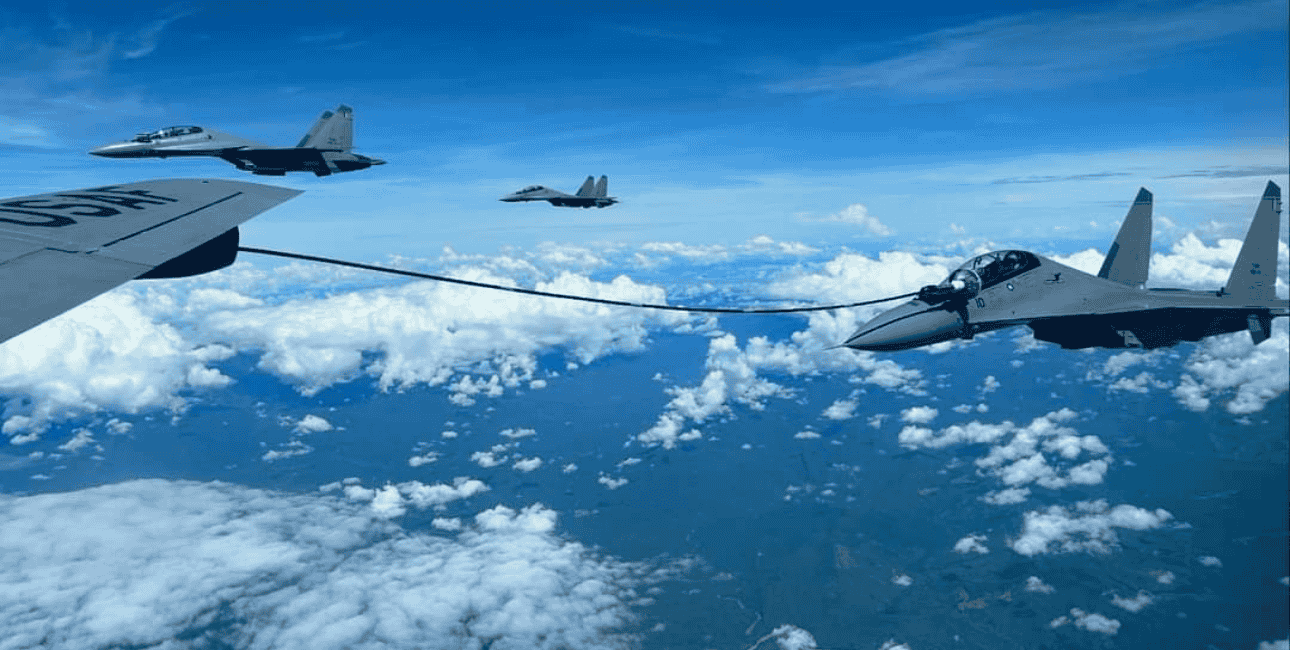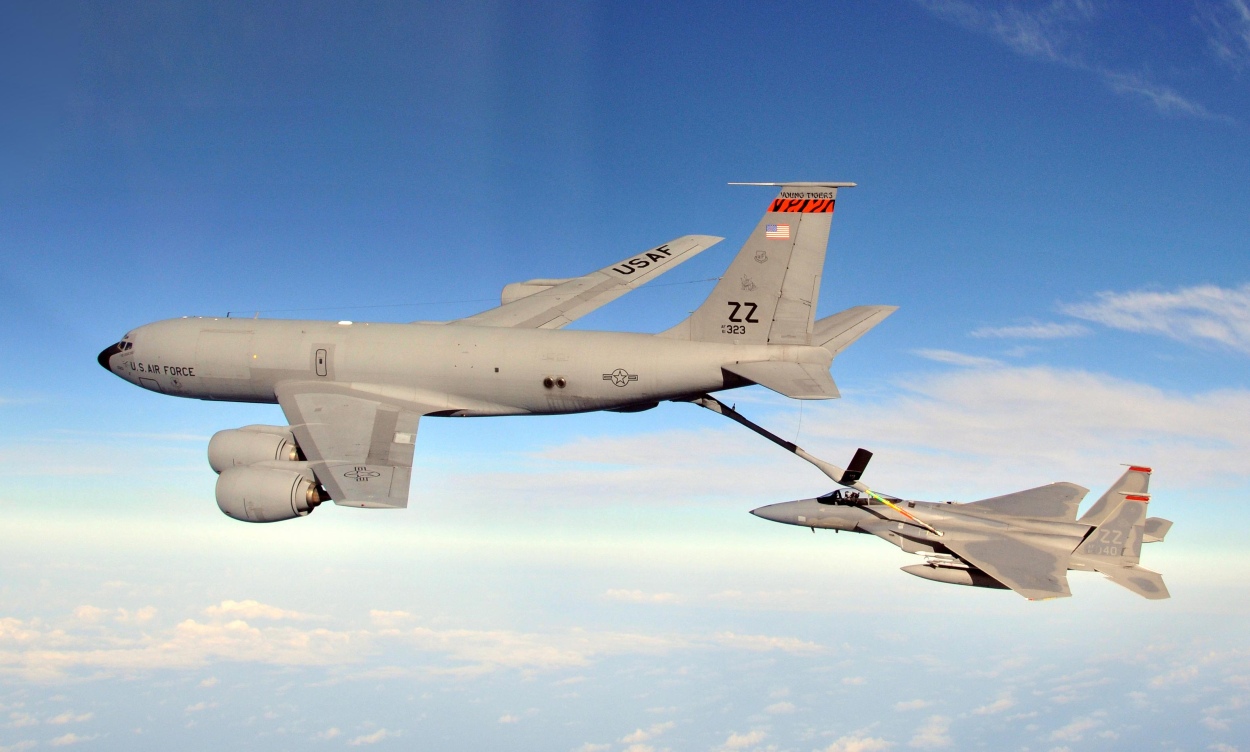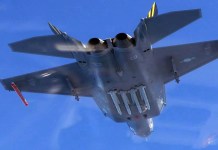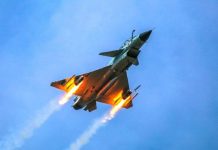In a rare display of synergy between American and Russian-origin military aircraft, a US KC-135 tanker aircraft refueled three Su-30MKM fighter jets mid-flight.
According to an official statement by the Defense Visual Information Distribution Service (DVIDS), a media service of the US Military, the aircrew from the Washington Air National Guard’s (WANG) 141st Air Refueling Wing refueled three Russian-made Sukhoi Su-30MKM aircraft of the Royal Malaysian Air Force (RMAF) at the Subang Air Base on November 12.
The Air National Guard is the US Air Force’s (USAF) federal military reserve force. The service has hailed the development as historic.
“Flying a KC-135 Stratotanker, the 141st utilized the multi-point refueling systems (MPRS) to allow refueling using a probe and drogue system common to many allied aircraft,” the statement read.
Emphasizing its engagement with Malaysia, the statement said, “Since 2017, the WANG has maintained a strong partnership with Malaysia, improving interoperability and integrated capabilities. Engagements like this reinforce initiatives led by our allies and partners, projecting strength by utilizing both distinctive U.S. capabilities and those shared with allies and partners. Together, these efforts leverage cultural, strategic, and operational advantages that are essential to our shared objectives in the Indo-Pacific region.”

The “probe and drogue” refueling technique uses a flexible hose (or pipe) that extends from the tanker aircraft. At the narrow end of the hose is the drogue or basket, which serves as a funnel to facilitate the insertion of the receiver aircraft probe into the hose while in flight. The probe, which is a rigid, projecting, and pivotable retractable arm, is inserted into the drogue by the receiver pilot for the refueling.
The US KC-135 can conduct mid-air refueling using the ‘probe and drogue’ method and the ‘flying boom’ method, the US Air Force (USAF) gold standard. However, the former is simpler as it does not require a specialized aircraft and can be easily installed on existing refueller aircraft/tankers.
The US supposedly deployed Multi-Point refueling systems, which enable probe and drogue refueling to improve interoperability and integration with foreign forces. While the US frequently engages with foreign partners that operate Russian-origin fighter jets, this is the first instance of a US-origin refueling aircraft integrating with Russian-origin fighter jets.
Explaining the ‘probe and drogue’ method, Air Marshal Anil Chopra (retd) told the EurAsian Times, “The probe and drogue system allows multiple fighters to be refueled at the same time and is easier to install, which is why it is also used by several NATO countries fighter jets. The pilots have to do nothing except fly their aircraft and deal out their probe to attach it to the drogue. It is an easy method, and no modification to the receiver aircraft is required.”
Air Marshal Chopra responded negatively when asked whether the refueling could compromise some critical information about the Russian fighter jet.
The DVIDS service also released a video of the in-flight refueling, which showed the KC-135 planes flying in formation with the RMAF fighters. Notably, two Su-30MKMs were recorded as being refueled at the same time.
While the KC-135 refueled a Su-30 for the first time, it was certainly not the first time a Su-30 received air-to-air refueling from a Western tanker.
In 2022, the Indian Air Force Su-30MKI was refueled mid-air by a Boeing C-135FR tanker operated by the French Air and Space Forces while it was on its way to Darwin, Australia, to participate in Exercise Pitch Black 2022.
Nevertheless, for the KC-135–the ace refueling aircraft in the USAF–the latest development represents another historic feat in its long, embellished career.
KC-135 Stratotanker
The KC-135 Stratotanker has distinguished itself as the primary aerial refueling aircraft of the USAF. The Stratotanker also supports the Navy, Marine Corps, and friendly nation aircraft with aerial refueling.
Thanks to four turbofans installed beneath 35-degree swept wings, the KC-135 can take off with gross weights of up to 322,500 pounds. A cargo deck above the refueling system can handle a mixed load of passengers and freight. Depending on how the fuel storage system is set up, the KC-135 can transport up to 83,000 pounds of cargo.
Originally designed to refuel strategic bombers, the KC-135 was widely used to increase the range and endurance of US tactical fighters and bombers throughout the Vietnam War and subsequent battles like Operation Desert Storm. Notably, the KC-135 is one of the oldest fixed-wing aircraft in the US inventory, with more than 60 years of service in its kitty.

The US eventually wants to replace the KC-135 with its new KC-46 Pegasus. However, there are no plans to decommission the Stratotanker any time soon. The aircraft is receiving crucial cutting-edge upgrades to bolster its performance and keep it relevant for modern combat.
The USAF is looking to make the aircraft’s operation autonomous and has recently approved the testing of an Artificial Intelligence (AI) copilot. Next year, an operational U.S. Air Force KC-135 tanker outfitted with an AI-powered “copilot” from Merlin’s autonomous flying technology startup is scheduled to take to the skies.
On November 12, Merlin announced that the Air Force had accepted their airworthiness plan for the KC-135 with its autonomy package.
“We’re building the Merlin Pilot to not just meet safety standards but redefine them. Integrating the Merlin Pilot onto one of most important aircraft in the USAF’s fleet is crucial to advancing military aviation into a new era of pilot efficiency and national security, as well as progressing autonomy at scale,” said Matt George, CEO and founder, Merlin.
The company intends to complete ground testing and integrate the Merlin Pilot into the tanker by the end of the year.
- Contact the author at sakshi.tiwari9555 (at) gmail.com
- Follow EurAsian Times on Google News




